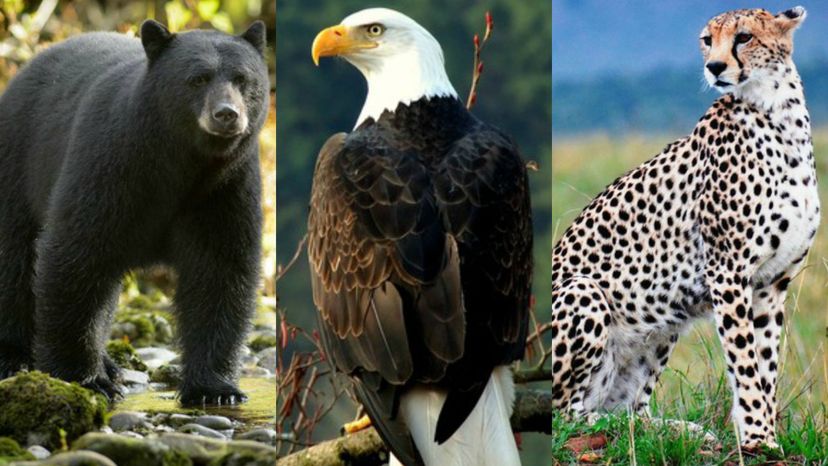
Image: Shutterstock
About This Quiz
Apex predators are the biggest and baddest that the world has. They are the animals who sit at the top of their respective food chains. Do you know them well enough to identify all of these?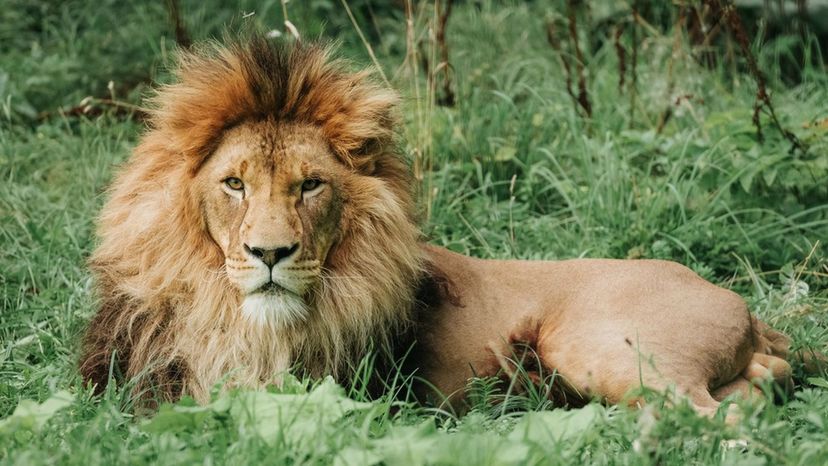
Shutterstock
Which apex predator is this?
Bullet Ant
Lion
This large animal is a member of the feline family of cats that live as carnivores. It is found in the Gir forest of India, but mostly in east, south and central Africa. It is the apex predator of Africa, meaning that it is the ultimate predator of that country, feeding on other animals, and cannot be preyed upon by others.
Water Scorpion
American Alligator

Shutterstock
Which apex predator is this?
Komodo dragon
This is one of the heaviest and largest lizards worldwide, with the largest weighing 366 pounds and stretching 10 feet in length. These large sturdy reptiles consume animals as small as fish and as large as buffaloes and are known to eat their young as well. Due to their venomous bite, ferocious appetite and sharp sense of smell, the Komodo dragon is known as the apex predator of Komodo, Indonesia.
Hide beetle
Corn snake
Leopard gecko
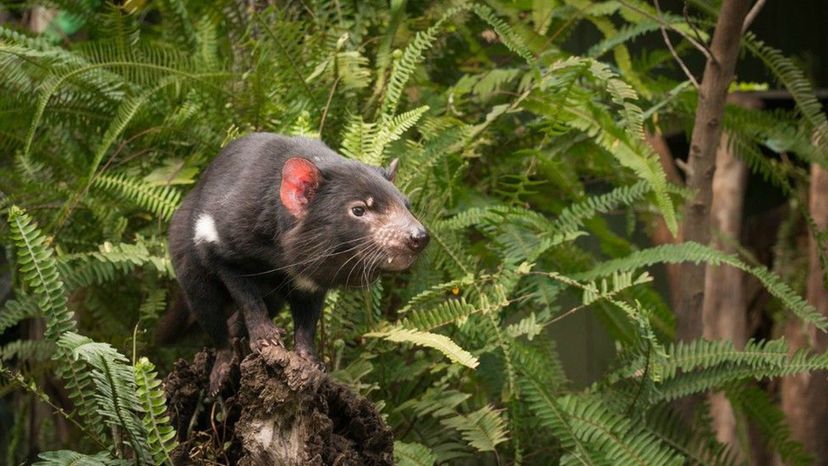
Shutterstock
Which apex predator is this?
Banana slug
King cobra
Tasmanian devil
These 26-pound animals are from the marsupial family and look much like oversized rats with their dark fur and sharp teeth. Their small size has little effect on their hunting abilities, though, as they are known as seething cantankerous animals that will lunge at any threat or prey in record time. This apex predator resides in the forests of Tasmania, Australia.
House spider
Advertisement
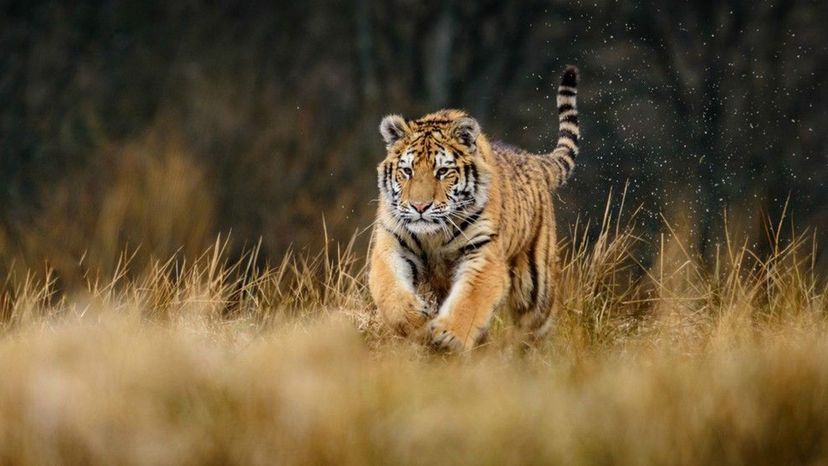
SHutterstock
Which apex predator is this?
Tomato frog
Box turtle
Alligator newt
Tiger
This is the largest feline in the world, weighing as much as 660 pounds and stretching 11 feet in length. It resides mostly in southern Asia, where it is the largest apex predator there, but it also lives in other eastern countries such as Nepal and India. The tiger is easily recognized by its reddish -orange striped tail and its loud roar that can be heard miles away. This predator feeds mostly on large ungulates such as deer and horses.
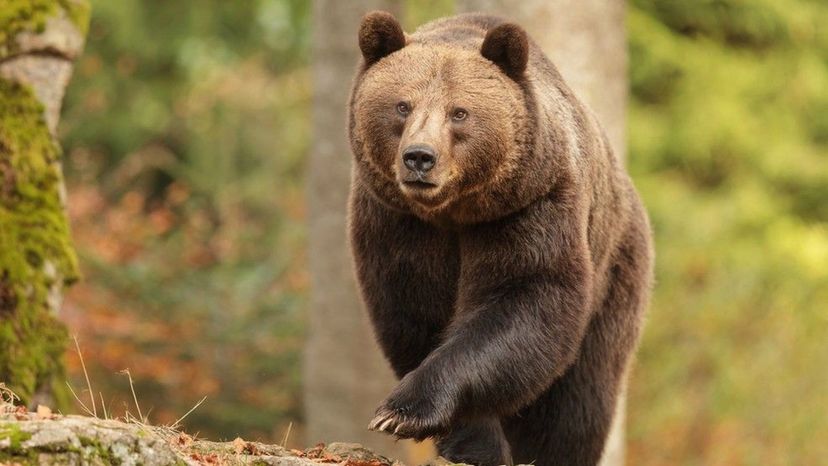
Shutterstock
Which apex predator is this?
Brown bear
This giant bear is indigenous to the mountainous terrain of Europe, Asia and North America. They are omnivores that usually travel alone, feeding on everything from nuts and fish to moose. Brown bears can run as fast as 30 miles per hour and are powerful creatures that won't hesitate to use their sharp claws and teeth to attack any threat to their young.
Fire salamander
Horned puffin
White ibis

Shutterstock
Which apex predator is this?
Giraffe
Hippo
Cat
This furry animal is usually kept as a pet by humans for company or to catch small rodents and insects. In spite of their soothing nature, cats are actually skilled predators that have quick reflexes, sharp senses, powerful vision and acute hearing. Cats have over 60 breeds and can be found in mostly every part of the world.
Rhino
Advertisement
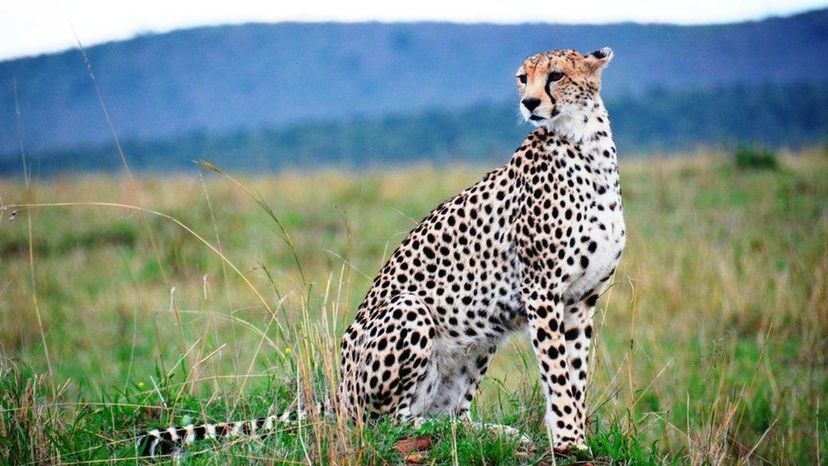
Shutterstock
Which apex predator is this?
Ostrich
Scarlet macaw
Cheetah
Known as the fastest animal on land, the cheetah can run up to 112 kilometers per hour in only three seconds, equipped with a long body and strong claws to grip the ground. These swift African felines have no mercy on their prey and use their sharp vision to monitor their potential victim before lunging at its neck. Cheetahs usually feed on gazelles, birds and warthogs during the day.
Bat-eared fox
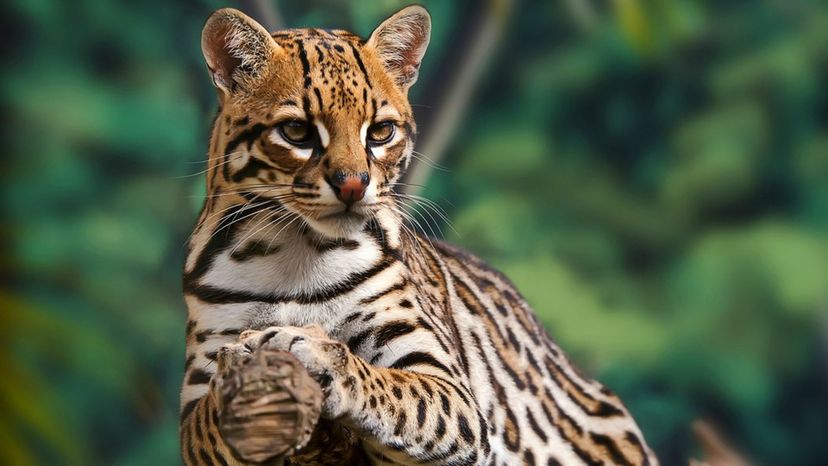
Shutterstock
Which apex predator is this?
Black rhinoceros
Ocelot
The ocelot is a wild cat that is twice the size of the regular house cat, with luxurious patterned fur and tail. Similar to other felines, this apex predator uses its exceptional eyesight and hearing to hunt animals such as iguanas, frogs and fish. They easily adapt to any environment and are found in South and Central America, in the United States and Caribbean islands such as Trinidad.
King vulture
Bullet ant
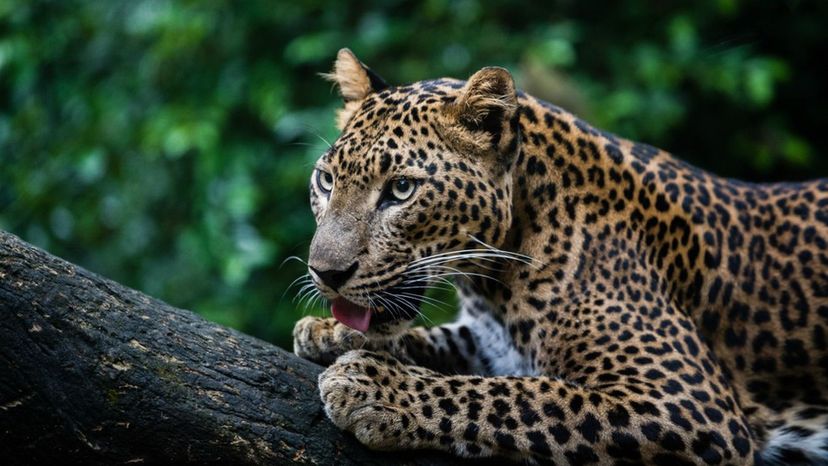
Shutterstock
Which apex predator is this?
Kangaroo rat
Leopard
Although the leopard is one of the five "big cats" in the feline family, it has a shorter frame in comparison to the cheetah but is much like the jaguar in appearance, due to their similarly patterned fur. This predator is known to kill animals several times its size, feeding on monkeys, antelope and even bugs. Leopards can leap up to six meters into the air and run 58 kilometers per hour after their prey.
King cobra
Water scorpion
Advertisement
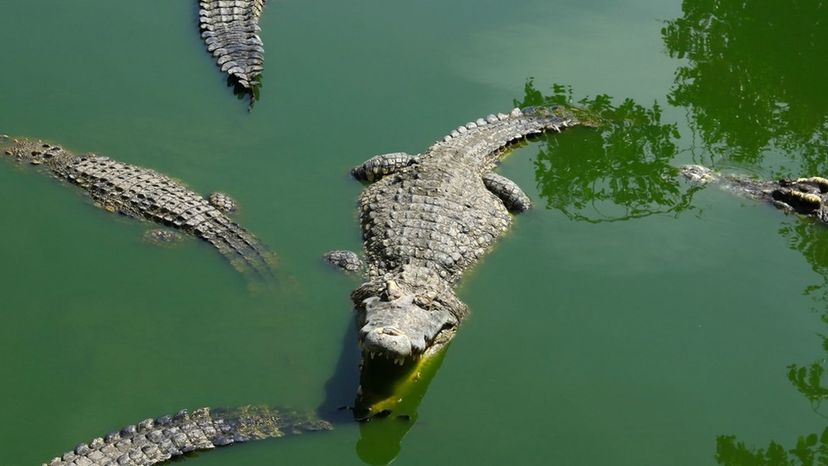
Shutterstock
Which apex predator is this?
Crocodile
The crocodile is a large reptile that lives in the tropical regions of Africa and Asia, near oceans, lakes and other bodies of water. This carnivorous animal uses its huge jaws to consume fish, birds and almost every mammal. Crocodiles are often very dangerous animals that have been known to attack humans.
Hawk
Dolphin
Human
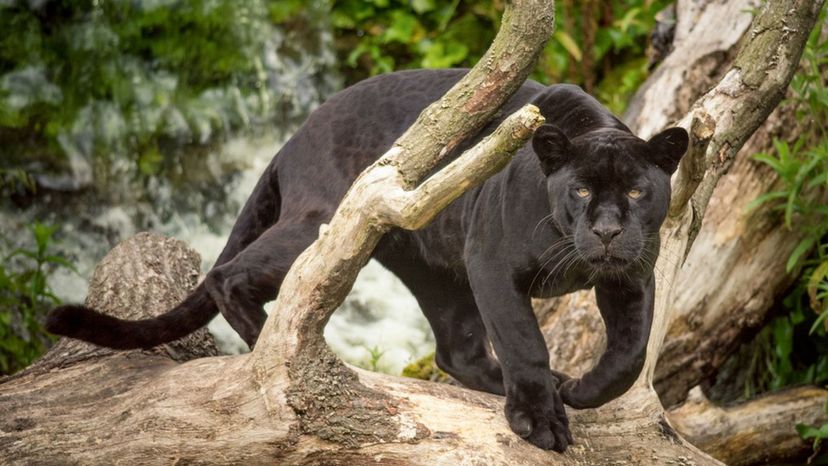
Shutterstock
Which apex predator is this?
Leopard gecko
Banana slug
American alligator
Jaguar
This is the largest feline native to the Americas and the third largest feline in the world. Jaguars are powerful animals with tenacious jaws that are strong enough to even crack a turtle's shell. They are versatile animals and skilled climbers, which scale tall trees to monitor their prey before they pounce.
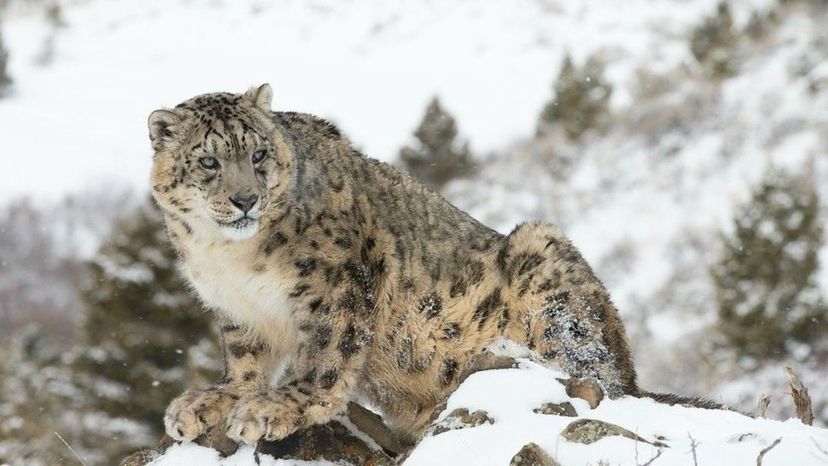
Shutterstock
Which apex predator is this?
Dog
Red fox
Snow leopard
The endangered snow leopard is commonly found in the cold, mountainous terrain of Central Asia, usually during daybreak and nightfall. This elusive predator usually feeds on wild sheep and goats as well such as blue sheep, ibex and argali. The rocky terrain of their habitat provide the perfect camouflage for snow leopards on the hunt, and they can leap up to six times their own body length to catch their prey.
Komodo dragon
Advertisement

Shutterstock
Which apex predator is this?
Wolverine
Commonly referred to as the "skunk bear," the wolverine is in fact not a bear but the largest member of the weasel family and resembles three other animals: a bear, dog and a skunk. This muscular animal has an elongated snout that enables it to smell its prey several feet away and it often digs through snow to feast on hibernating animals. They are ferocious and dedicated predators that can travel as far as 24 kilometers to hunt, even gnawing the bones of their prey.
Box turtle
Tomato frog
Bullet ant

Shutterstock
Which apex predator is this?
Fire salamander
Bald eagle
The bald eagle is a large sea bird that is found widespread throughout Canada and Alaska. This large bird of prey is not a picky eater; it will consume dead animals, steal another bird's meal or eat the bird itself! Their favorite dish is salmon, which they catch after surveying the surface of lakes and seas.
Alligator newt
Hide beetle
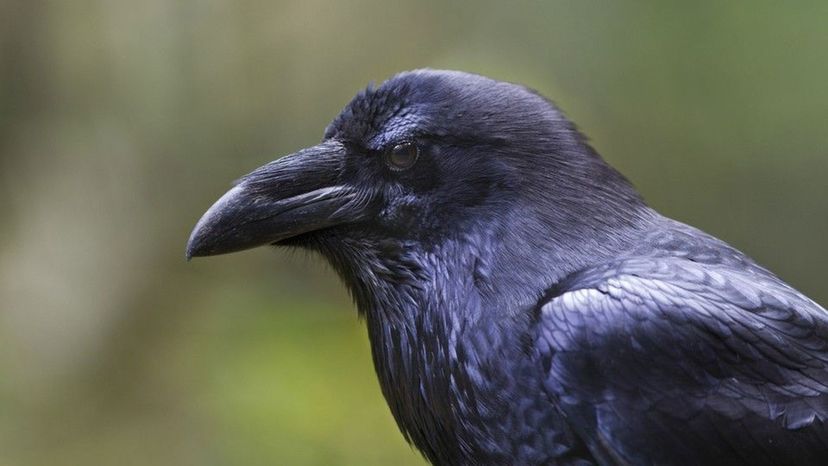
Shutterstock
Which apex predator is this?
Horned puffin
Corn snake
House spider
Raven
This sly playful animal is known for its intelligence and adaptable nature. They can be found across the northern hemisphere, in mountains, snow and even the desert. Ravens often work together to secure food. Ravens can be merciless predators, often seen working in pairs to attack newborn animals by getting other ravens to distract the newborn's parent. Their acrobatic flying skills and their intelligence make them a threat to animals such as rodents and tortoises that they feed on.
Advertisement
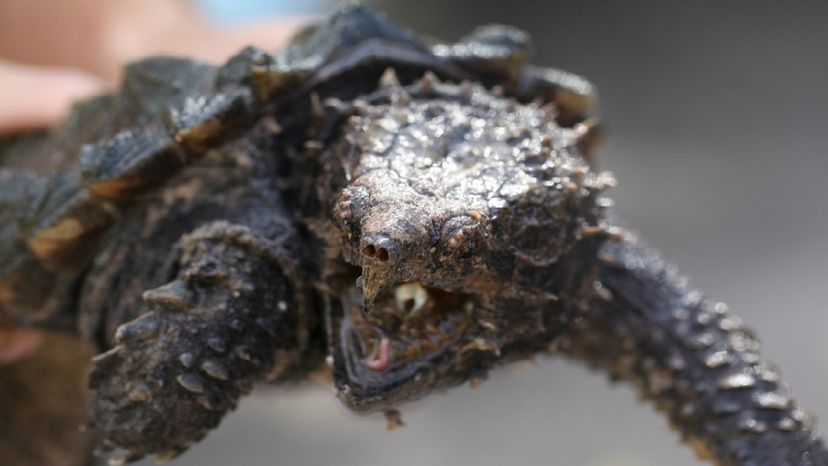
Shutterstock
Which apex predator is this?
White ibis
Snapping turtle
This large turtle is usually found in the fresh waters of North America and can weigh as much as 75 pounds. In water, these turtles keep a low profile but on land, they are known for their long flexible necks, spiky tails and powerful jaws that they use to crush their prey. This fearsome predator has a large appetite, feeding on food plants, small animals and even snakes and other small turtles.
Monarch butterfly
Ostrich
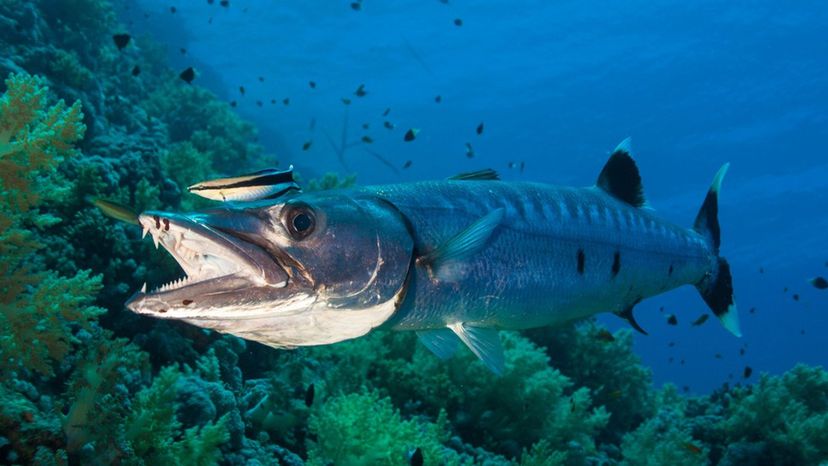
Shutterstock
Which apex predator is this?
Great barracuda
Barracudas are sub-tropical fish with a classical hunting skill of ambushing their prey and they can move as fast as 27 miles per hour to catch their intended victim. They are known for their tenacity, often swallowing small prey and ripping the bigger ones apart with their pointed, sharp teeth.
Sperm whale
Raven
Shrimp

Shutterstock
Which apex predator is this?
Alligator
Jaguar
Polar bear
This bear is regarded as the largest carnivore on Earth, weighing about 680 kilograms. It is an apex predator that lives in the frozen regions of Canada, the Arctic and Greenland and feasts on mostly seals for food. They are skilled swimmers and often use their long necks to navigate through the water in search of their prey and are determined hunters that often travel far and wide for food.
Ocelot
Advertisement
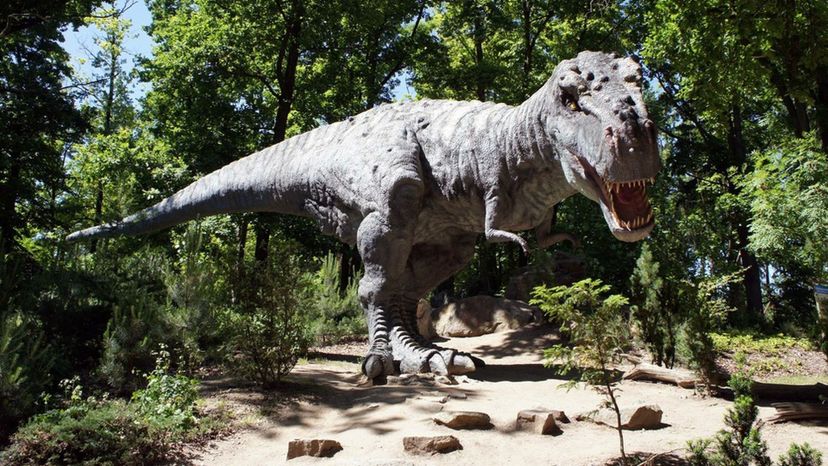
SHutterstock
Which apex predator is this?
Banana slug
Box turtle
Tyrannosaurus rex
This is one of the most popular dinosaurs and hunters to ever roam the Earth. They were tall animals that stood at about twelve feet tall, with long, powerful limbs and a deadly bite similar to that of an alligator's. This prehistoric animal was a dedicated carnivore and a force to be reckoned with.
Fire salamander

Shutterstock
Which apex predator is this?
Gerbil
Lion
Hyena
Moray eel
This menacing-looking eel is the largest in its family and one of the apex predators of the sea. Octopuses, squid and crabs often fall victim to this snake-like predator that hides in caves and rocks before ambushing its prey.
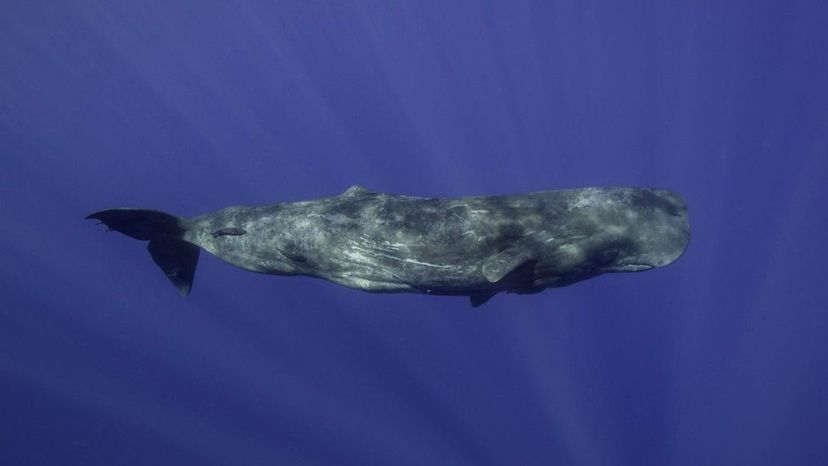
Shutterstock
Which apex predator is this?
Sperm whale
This whale breathes through a single blow hole through its head, which has the unusual shape of a block. Sperm whales use their pointy teeth and excellent diving techniques to hunt for large squids and have been known to dive as far as 3,000 feet to do so.
Tomato frog
King cobra
Leopard gecko
Advertisement

Shutterstock
Which apex predator is this?
American alligator
Alligator newt
Monarch butterfly
African wild dog
It is an endangered species native to central and south Africa and is distinguished by its short multi-colored fur. These wild dogs hunt in packs to corner their prey and possess great stamina that enables them to chase and catch their victims easily.
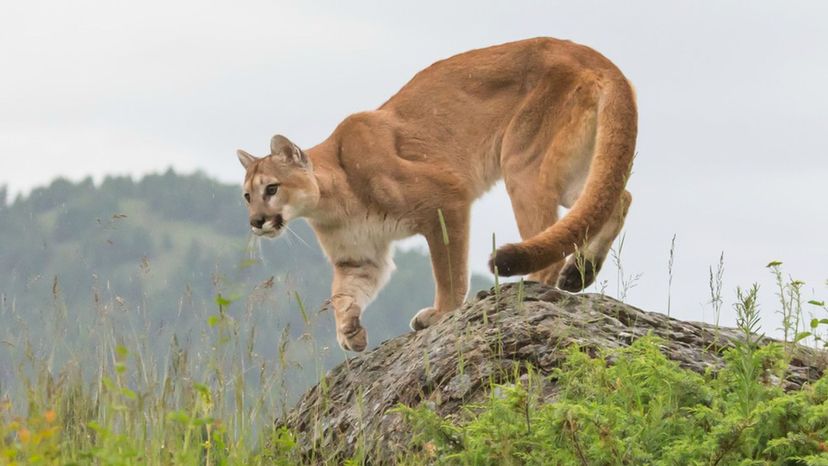
Shutterstock
Which apex predator is this?
Horned puffin
Bullet ant
Cougar
The cougar, also known as the mountain lion or panther, is normally found in North America and is the second largest cat in that region. It is a bigger version of the typical domesticated cat and cannot roar unlike other big cats such as the lion and tiger. They are crafty animals that stalk their prey before pouncing on them with outstretched claws and can also leap up to 20 feet into the air when hunting.
Scarlet macaw

Shuttterstock
Which apex predator is this?
Spotted hyena
Yellow anaconda
This brightly colored carnivore is native to the wetlands of South America, where it occasionally feeds on corpses but usually preys on birds and their young, turtles, lizards and other snakes. Though it does not have a venomous bite, the yellow anaconda has powerful muscles that it uses to suffocate its prey before swallowing it in its entirety.
White ibis
Bat-eared ox
Advertisement
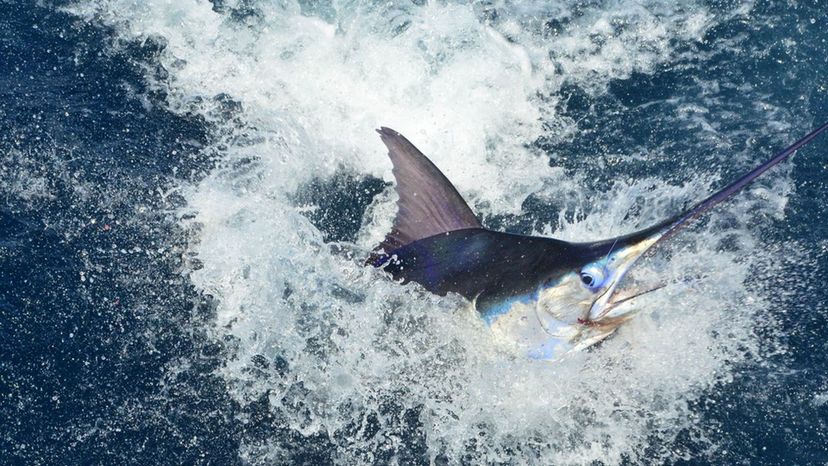
Shutterstock
Which apex predator is this?
Tomato frog
Blue marlin
The blue marlin is one of the largest fishes worldwide and is quite flexible; it is able to dive deep for food and to also skim the surface of the water for that same purpose. It has a jaw shaped like a spear, which enables it to injure other fish such as squid, mackerel and tuna before it consumes them.
Corn snake
Ostrich
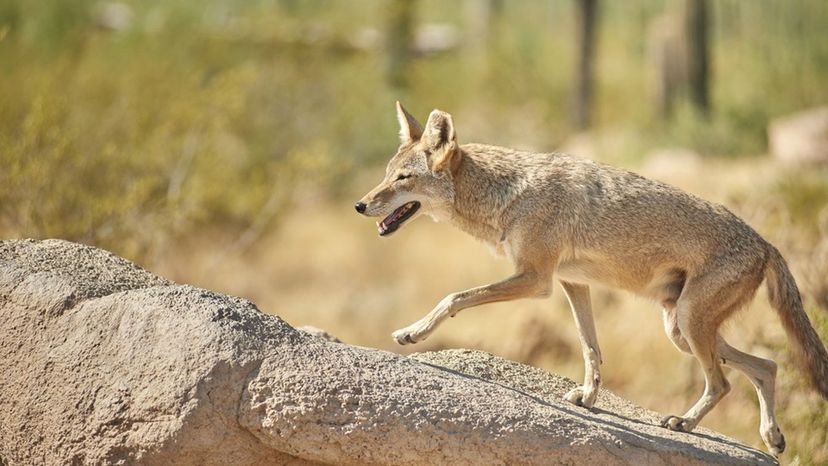
Shutterstock
Which apex predator is this?
Coyote
These merciless hunters are very adaptable and will consume almost every animal- from fruits and insects to fish, rodents, pets and snakes. Most animals do not stand a chance against these skilled predators, that are equipped with an acute sense of smell, powerful vision and ability to run at 40 miles per hour.
Banana slug
King cobra
House Ssider

Shutterstock
Which apex predator is this?
Osprey
Also referred to as the fish hawk, the osprey feeds on fish by diving quickly into the water before flying away with its catch. Ospreys' bodies are designed for hunting; they have barbed pads on their feet and reversible outer toes that they use to secure their prey. In addition to fish, ospreys occasionally feed on small reptiles and birds.
Box turtle
King vulture
Fire salamander
Advertisement
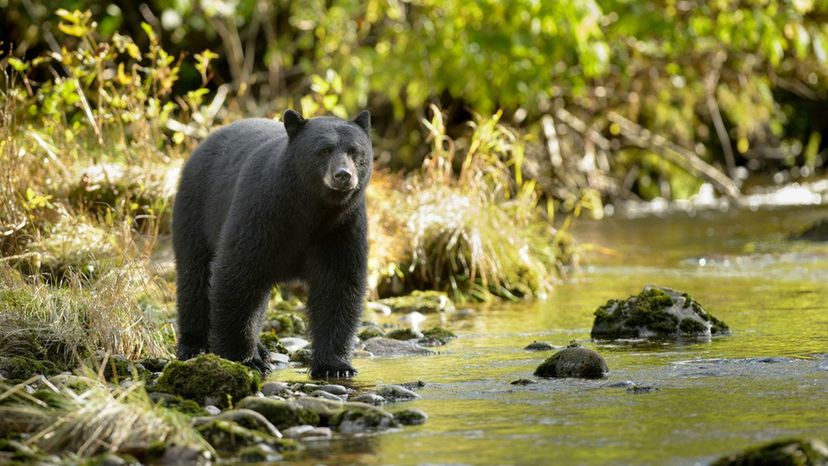
Shutterstock
Which apex predator is this?
Moray eel
Dolphin
Giraffe
American black bear
This is one of the most common species of bears, which usually live in forests but occasionally visit human settlements in search of food. They are omnivores which eat almost anything within their range, such as insects, fruits, nuts and small animals and use their sharp teeth and claws to secure their catch.
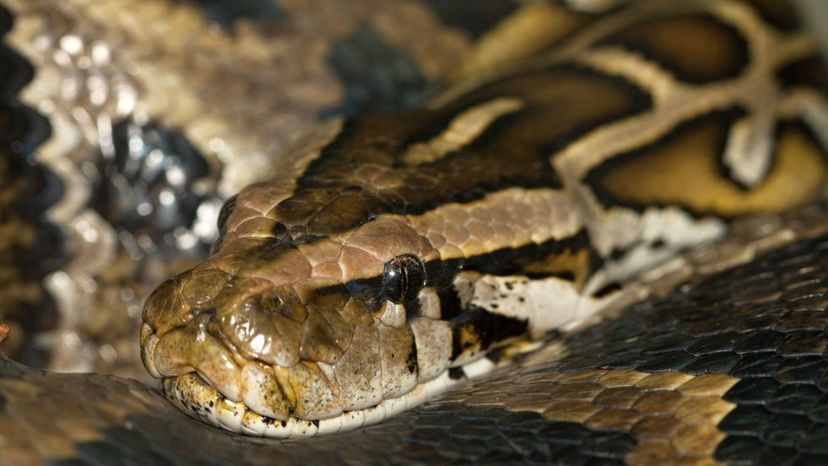
Shutterstock
Which apex predator is this?
Water scorpion
Leopard gecko
Diamond python
This python is a distinctive-looking snake that is easily recognized by its yellow or cream-colored spots. It feeds mostly on rodents, possums and bats but is also known to consume small domestic pets like dogs, rabbits and cats. These pythons generally do not bite unless provoked and usually kill their prey by suffocating the animal with their strong muscles.
Monarch butterfly
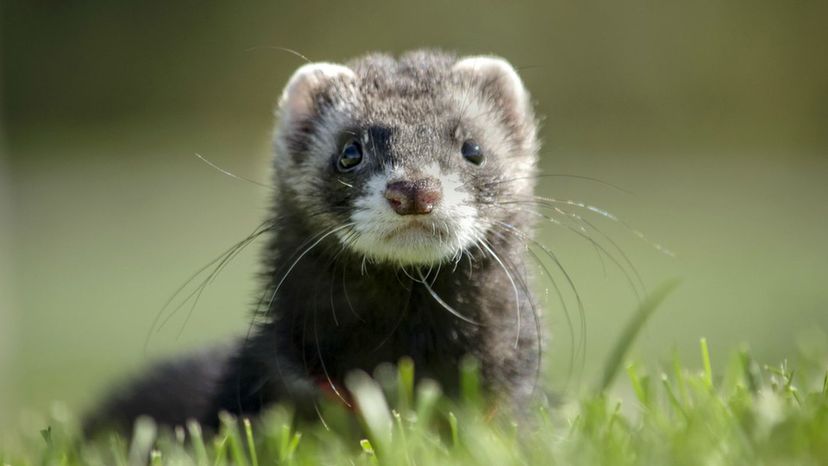
Shutterstock
Which apex predator is this?
Horned puffin
Ferret
It is a small furry mammal of the weasel family that has been adopted into many households as a pet. Although they are famous for hiding and storing things, ferrets are also well-known for being able to easily catch rabbits and they are frequently used for this purpose. Ferrets are carnivores with a high metabolism and consume whole animals such as rodents and small birds.
Bat-eared fox
Scarlet macaw
Advertisement
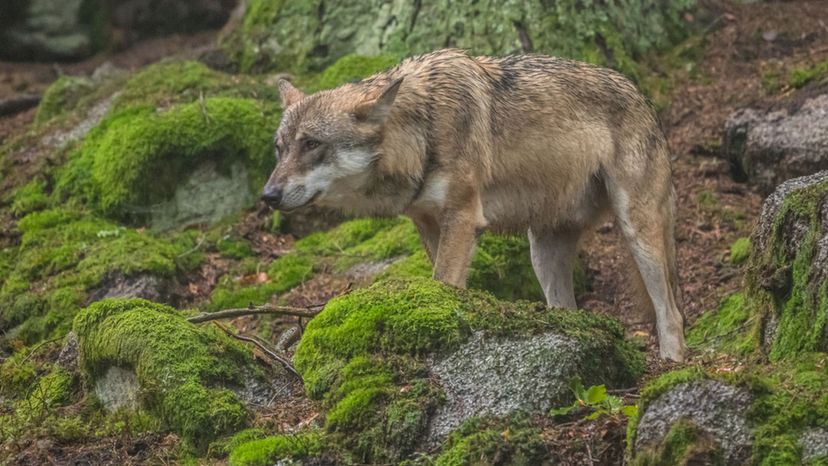
Shutterstock
Which apex predator is this?
Bald eagle
Lion
Gray wolf
This animal looks much like domestic dogs like the German shepherd, but is actually a skilled, cunning predator. Gray wolves tackle animals several times their size such as deer, moose and other large hoofed animals. They also travel in packs and feed on the carcasses of dead animals.
Komodo dragon
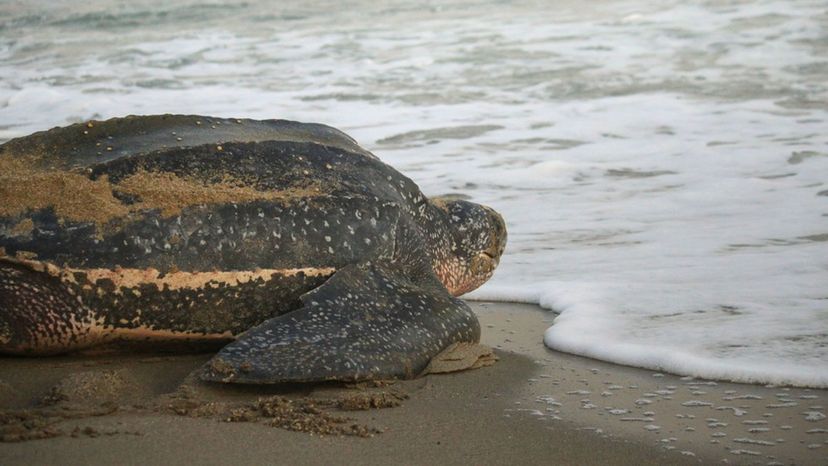
Shutterstock
Which apex predator is this?
Leatherback sea turtle
This is the largest of all turtles, weighing more than 2,000 pounds and also growing up to seven feet long. This endangered species eats mostly jellyfish but also occasionally eats seaweed, sea urchins and crustaceans. Their jaws are adapted to their predominantly vegetarian diet, with pointed cusps that help them to secure the jellyfish.
Jackal
Brown bear
Horse

Shutterstock
Which apex predator is this?
Alligator newt
Human
Homo sapiens, as we are called, are the most advanced predators on Earth. Human beings have hunted animals for centuries, either for food, their medical value, for their fur or simply for recreational purposes. Humans are also very intelligent predators, using advances in technology to create sophisticated methods of catching prey.
White ibis
American alligator
Advertisement
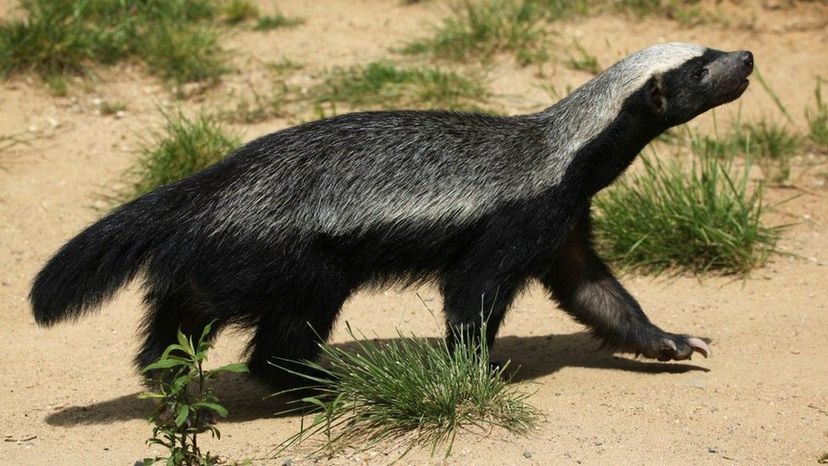
Shutterstock
Which apex predator is this?
Ostrich
Corn snake
Tomato frog
Honey badger
Also known as the ratel, the honey badger is another member of the weasel family and can be found in Asia, Africa and India. These skunk-like creatures often dig burrows underground to sleep in and also use them to stalk and capture their prey. They are armed with sharp teeth that could even crack a tortoise's shell and use those same teeth to wiggle free from a predator's claws. The honey badger feeds on snakes as well as small animals such as rodents, birds and insects.
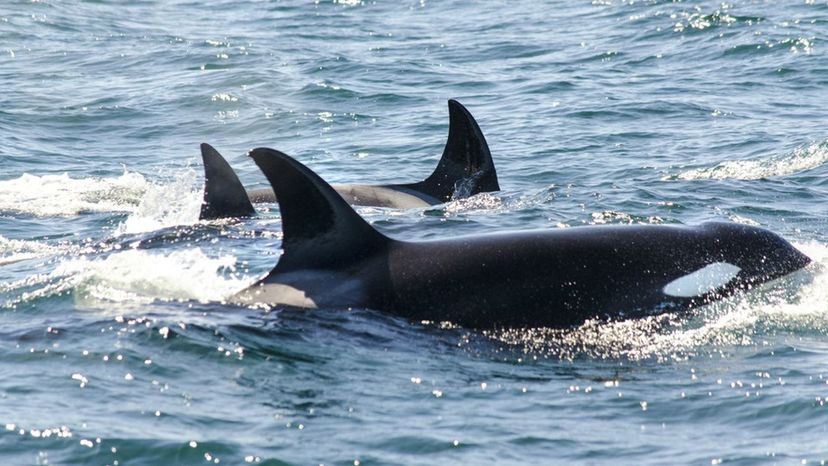
Shutterstock
Which apex predator is this?
Fire salamander
Killer whale
This whale is unlike any other- a ferocious predator with a knack for tacking large sea animals like sharks, sea birds, octopuses and sea turtles. This crafty sea creature will jump from water to land to catch seals and also groups together with other whales to hunt.
Bullet ant
Box turtle
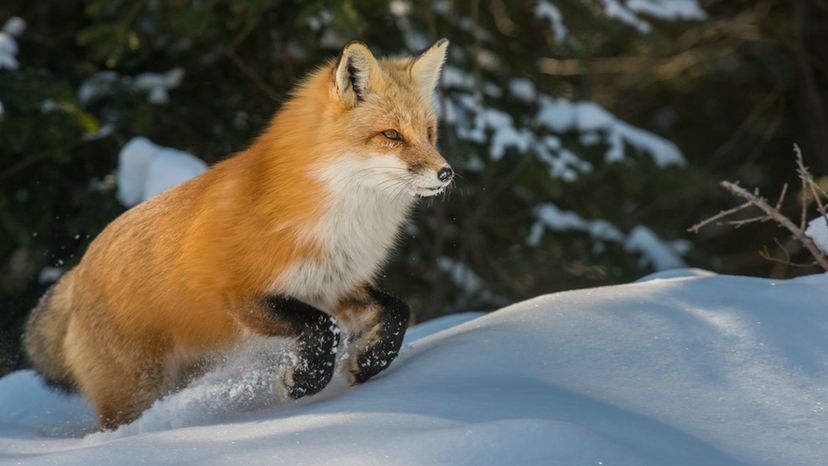
Shutterstock
Which apex predator is this?
King vulture
Scarlet macaw
Red fox
This small, adaptable animal can live in grass lands and forests and even in farms and other areas inhabited by humans. They are sly, crafty animals that stalk their prey much like a cat would before pouncing. Foxes can eat fish and frogs but will consume pet food and even garbage if they are living among humans.
Black rhinoceros
Advertisement
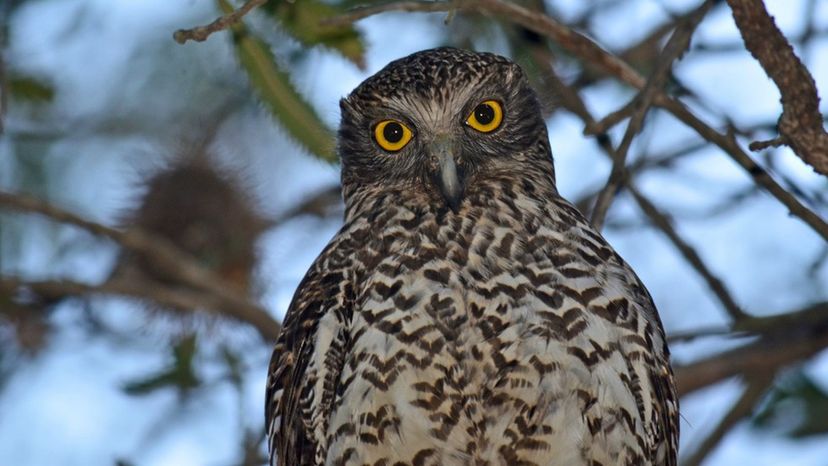
Shutterstock
Which apex predator is this?
Weasel
Snow leopard
Polar bear
Powerful owl
This Australian native is the largest in that continent that lives in the woods and sheltered areas near water. They love feeding on tree animals such as possums and will consume birds and small marsupials. They usually capture their prey while they roost and keep their large captures for night time.
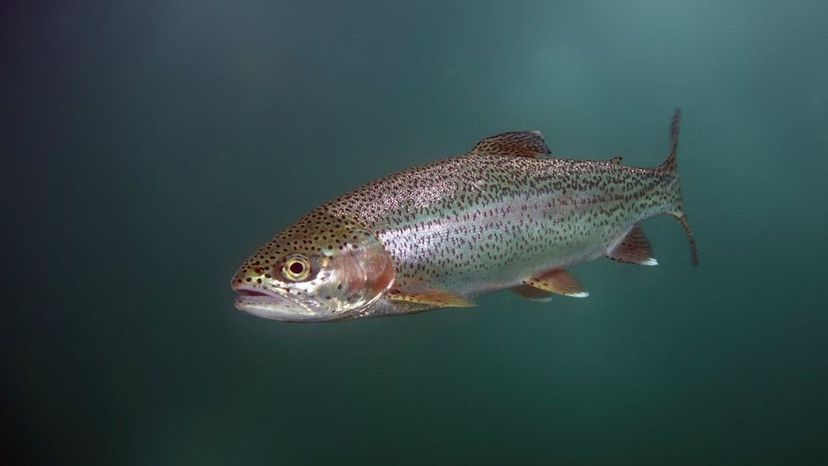
Shutterstock
Which apex predator is this?
Lake trout
Lake trout is a freshwater fish that is often caught for recreational purposes as well as for food. In the water, it is a fierce predator that can eat as many as forty cutthroat trout every year, threatening the ecosystem. This trout feeds on other smaller varieties of fish like sculpin, alewives and smelt.
Tomato frog
Monarch butterfly
House spider
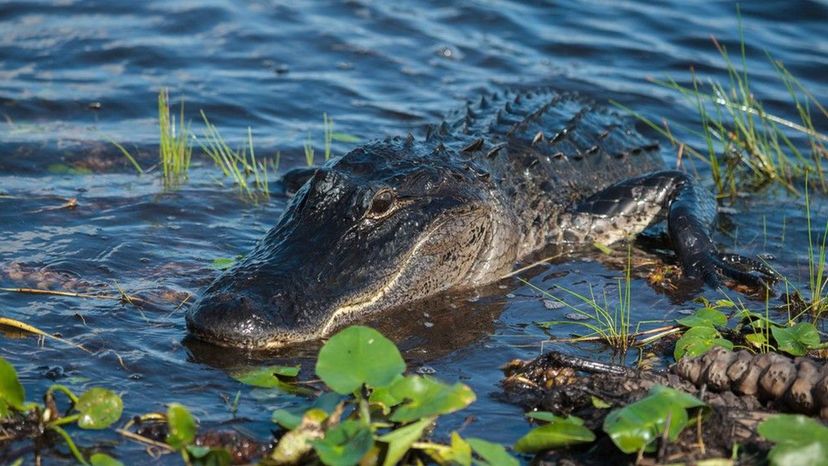
Shutterstock
Which apex predator is this?
Water scorpion
Corn snake
Banana slug
American alligator
This large freshwater reptile is commonly found in subtropical parts of the United States such as Florida and Texas. They are often confused with crocodiles but are different from them due to their rounded snout and teeth that are completely covered by the mouth when it is closed. The American alligator is not a fussy hunter but will instead prey on readily available animals like amphibians, turtles, birds and snakes.
Advertisement
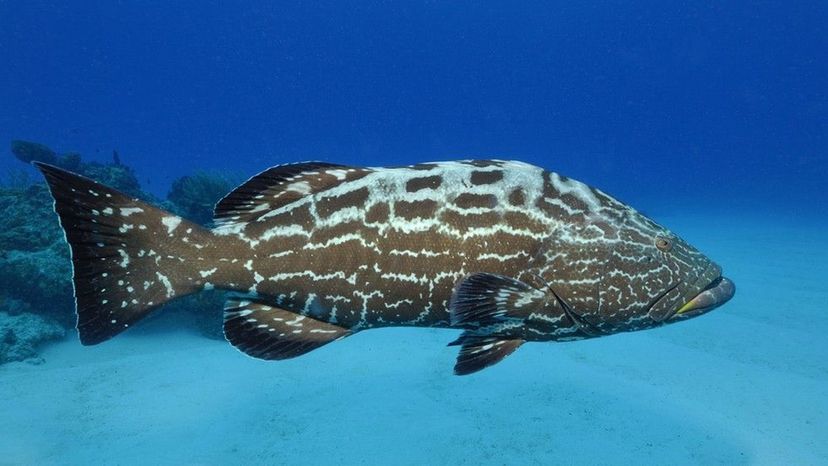
Shutterstock
Which apex predator is this?
Black grouper
The grouper is a large round fish that is a piscivore; it feeds on its own kind, often smaller fish including herrings, grunts and snapper. This type of fish roams through coral reefs and feeds on squid as adults and shrimp when they are young.
Owl
Jellyfish
Tiger

Shutterstock
Which apex predator is this?
King cobra
Leopard gecko
Leopard seal
The leopard seal is a large, powerful animal and also one of Antarctica's apex predators. The grooves of their teeth enable them to easily catch krill, which forms approximately 45 percent of their diet. Although they prefer krill, their diets are versatile and are prone to change depending on their location and availability of their food. They are also known to eat seals and other marine animals using their mighty jaws and long teeth.
Alligator newt

Shutterstock
Which apex predator is this?
Spinosaurus
This was the largest carnivorous dinosaur, much bigger than the Giganotosaurus and the T rex. It is believed to have lived on both water and land and to also prey on marine and land animals. Skeletons of the spinosaurus suggest that it was about 50 feet long and armed with a long neck and trunk that enabled it to navigate easily through water.
Fire salamander
Horned puffin
Tomato frog
Advertisement
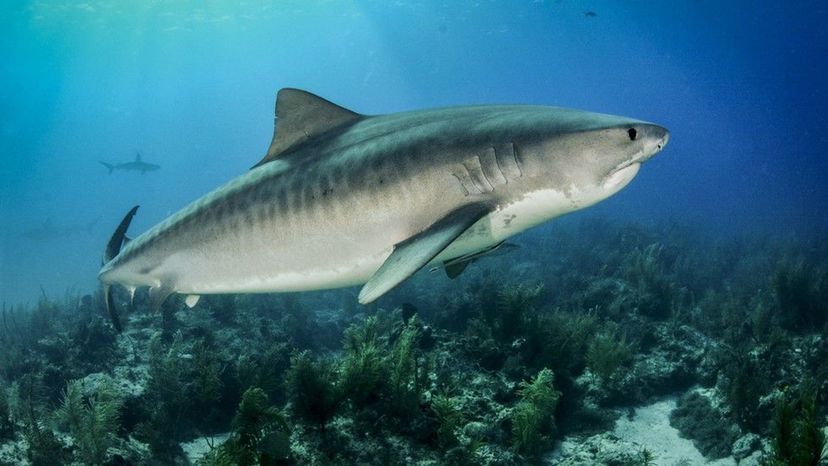
Shutterstock
Which apex predator is this?
Box turtle
Bullet ant
Tiger shark
The tiger shark is one of the largest of the species, with a diverse diet consisting of sea turtles, fish, dolphins, sea snakes and even indigestible matter like garbage. The only animal that has been able to tackle the tiger shark is the killer whale, which sometimes preys upon it.
Hide beetle

Shutterstock
Which apex predator is this?
T-rex
Jackal
Walleye
Bay cat
With a population of less than 2,500 worldwide, the bay cat is an endangered but also mysterious species that is rarely sighted and only active at night. Thus, very little is known about its habits, but it is believed to feed on birds, small mammals and occasionally domestic animals such as poultry.

Shutterstock
Which apex predator is this?
House spider
Corn snake
Electric ray
This ray has a thick, flaccid body and an electric current up to 220 volts that could render any human unconscious. The electric ray frequently uses its unusual gift to defend itself or stun its prey and usually feeds on fishes, worms and even small sharks.
American alligator
Advertisement
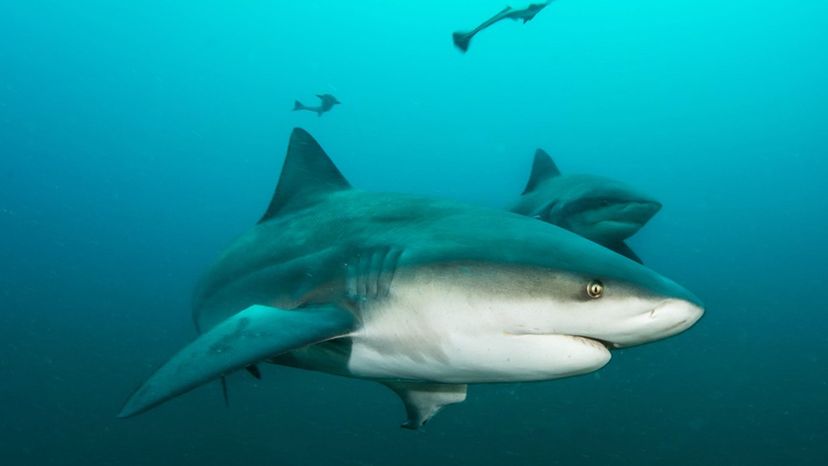
Shutterstock
Which apex predator is this?
Otter
Black bear
Bull shark
This marine predator is usually found in shallow waters in all parts of the world. They are aggressive creatures that use their blunt snouts to head butt their prey and weaken their defenses and feed on almost anything- from bony fish and sea turtles to crustaceans and other sharks.
Heron
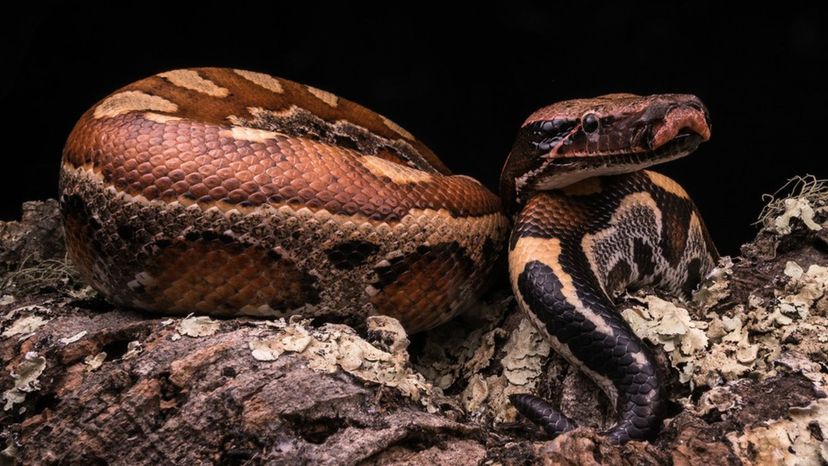
Shutterstock
Which apex predator is this?
Bay cat
Blood python
This snake is native to the Malay Peninsula in South East Asia and other small islands, with distinct patterned stripes and blotches. This non-venomous snake often resides underwater and uses its unique ability to decipher temperature to capture warm-blooded prey. They are most active at dawn and dusk and feed mostly on small mammals, birds and rodents.
Killer whale
Ferret
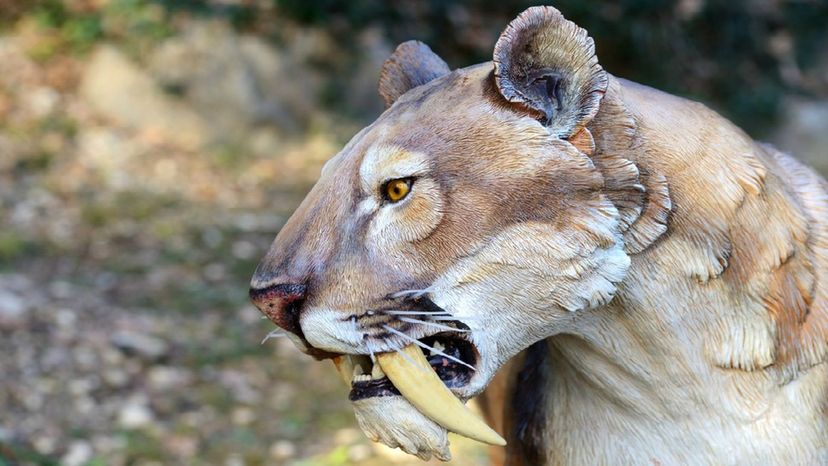
Shutterstock
Which apex predator is this?
Saber-tooth tiger
This is one of the prehistoric animals that inhabited many parts of North and South America. It was an unusually big cat, with a stocky build but surprisingly weak jaws. It often ate mammals such as buffalo and deer, using its 12-inch canines protruding from its mouth to secure its prey.
Monarch butterfly
Corn snake
King cobra
Advertisement
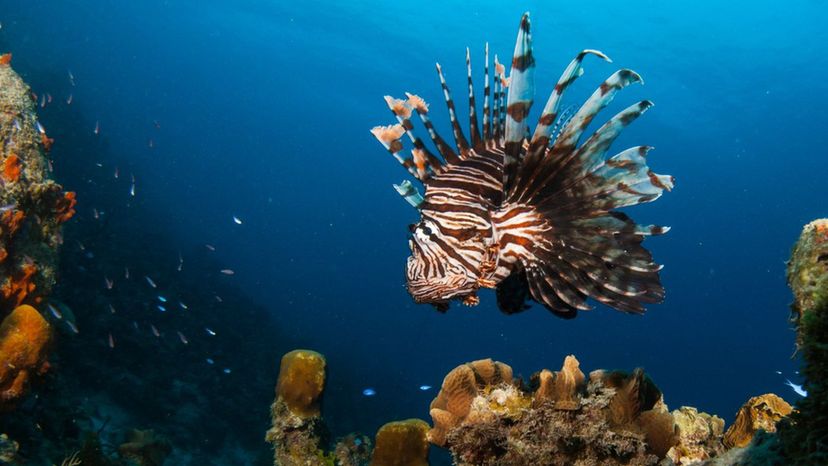
Shutterstock
Which apex predator is this?
Whale
Shark
Moray eel
Lionfish
Lionfish is also known as scorpion and tiger fish, due to its zebra-like stripes along its body. Lionfish are also ferocious predators that would consume their own species if food is scarce but usually feed on crustaceans and fish. They use their venomous spines for self defense and can swallow their prey whole.
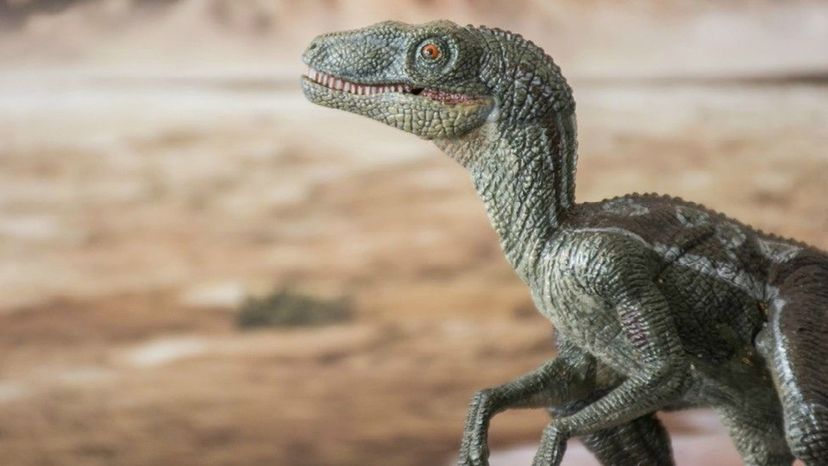
Shutterstock
Which apex predator is this?
Hide beetle
Leopard gecko
Water scorpion
Veliciraptor
This dinosaur, which lived during the Cretaceous Period millions of years ago, was an agile carnivore of only about 30 pounds and three feet tall. It had sharp teeth and hind claws up to three inches in length that it used to injury its prey. It is believed to have fed on smaller dinosaurs called Protoceratops.
You Got:
/50
Shutterstock